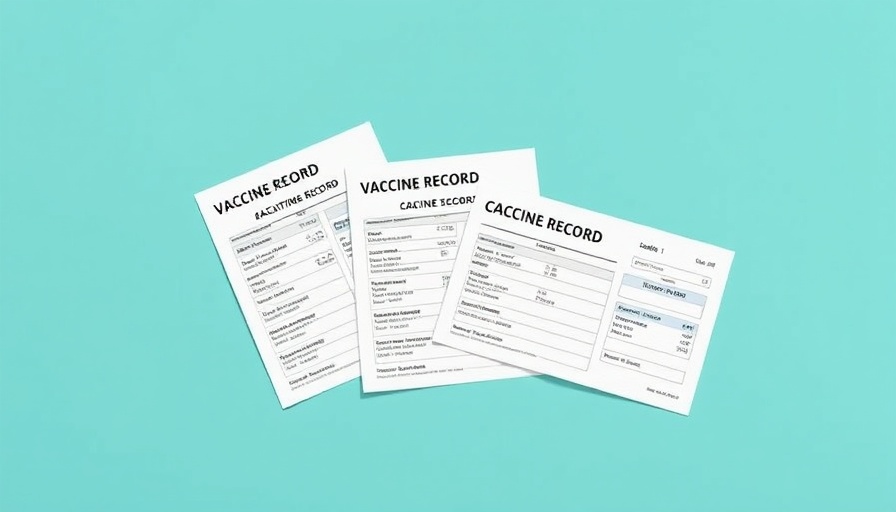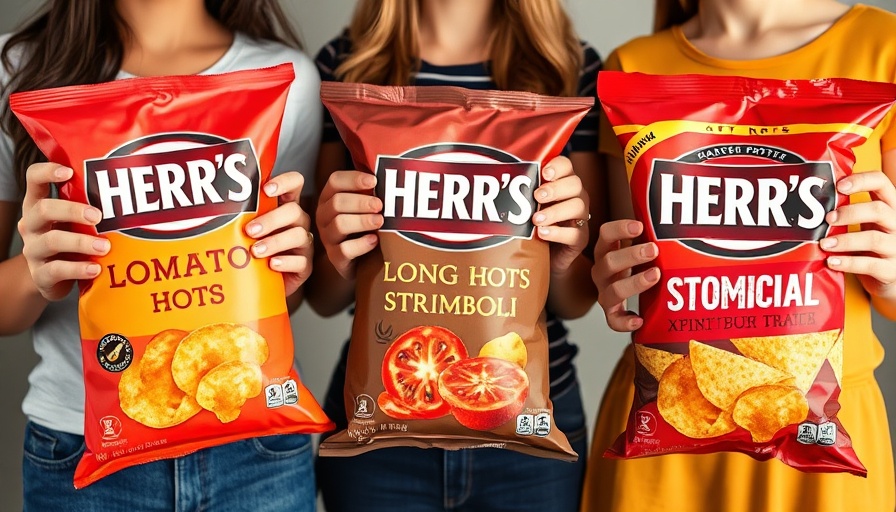
The Mütter Museum Commemorates the Five-Year Anniversary of COVID-19
This week marks an extraordinary milestone—the fifth anniversary of the COVID-19 pandemic. To acknowledge this momentous occasion, the Mütter Museum at the University of Pennsylvania is unveiling a poignant new exhibition titled "Trusted Messengers: Community, Confidence, and COVID-19." This exhibit serves as a reflective homage to those community members and healthcare workers who fortified public confidence amidst a landscape rife with misinformation and uncertainty.
Reflection and Recognition
According to Kate Quinn, the Executive Director of the museum, “The COVID-19 pandemic reshaped Philadelphia in profound ways.” She emphasizes how it forced the community to confront vital questions surrounding trust in science, public health, and each other. The "Trusted Messengers" exhibition recognizes the perseverance of not only healthcare providers but also community leaders who championed public safety and vaccinations.
An Exhibit Designed for Reflection
The exhibition, situated in the Thomson Gallery of the museum, is designed as an open space for contemplation. Walls adorned with timelines showcase pivotal moments from the pandemic—from its initial outbreak to the groundbreaking development of the first vaccines. These timelines are beautifully complemented by striking photographs of 'trusted messengers'—individuals who played key roles in educating the public. Among them are healthcare workers urging compliance with health guidelines and celebrities advocating for vaccination.
A Look at the Science Behind the Vaccine
A centerpiece of the exhibition is a glass display that showcases laboratory tools from the Weissman Lab at the university, which was instrumental in creating the mRNA vaccines. Quinn, visibly excited, mentioned, “The breakthrough in mRNA happened here.” The exhibit even highlights testimonials from public health experts explaining the potential devastation that could have unfolded without the swift development of these vaccines.
The Heart of Community: Art and Messaging
Beyond historical data, the exhibition includes artistic contributions from local Philly creators, delivering messages of health information through vibrant posters. Some provocative posters tackle issues faced by unhoused individuals, asking poignant questions like “How do you ‘shelter in place’ when you don’t have a home?” Others focus on protecting vulnerable populations, emphasizing the ongoing challenges we face together.
Trust and Distrust: Bridging the Gap
However, it’s not all celebrations; the exhibition dives deep into the existing distrust in modern medicine, a sentiment echoed by guests like René Najera, a public health expert. He pointed out historical instances, such as the Tuskegee experiment, that still reverberate in communities of color and erode trust in healthcare systems. He urges concerted efforts to rebuild this trust, stating, “In times of crisis, we turn to those who we trust: our doctors, community leaders, faith leaders, family and friends.”
The Road Ahead: Preparing for Future Crises
This exhibit serves as a vital reminder that the struggles of the COVID-19 pandemic are part of an ongoing conversation about public health. While the exhibition offers a time for remembrance and reflection, it also raises awareness of current issues, especially as we recently learned of potential measles exposure in the community. Dr. Larry Kaiser from the College of Physicians of Philadelphia emphasizes the importance of continued vigilance even as we emerge from the pandemic shadows.
Conclusion: A Call to Action for Community Engagement
As we reflect on the past through the lens of this exhibition, Kate Quinn remains hopeful for the future. “We can do this again, when and if we need to,” she states, encapsulating the spirit of resilience that Philadelphia exemplified during the pandemic. The "Trusted Messengers" exhibition opens on March 15 and will be available to the public until February 2, 2026. Take the time to visit and discover the myriad stories and lessons learned during these unprecedented times.
 Add Row
Add Row  Add
Add 




Write A Comment